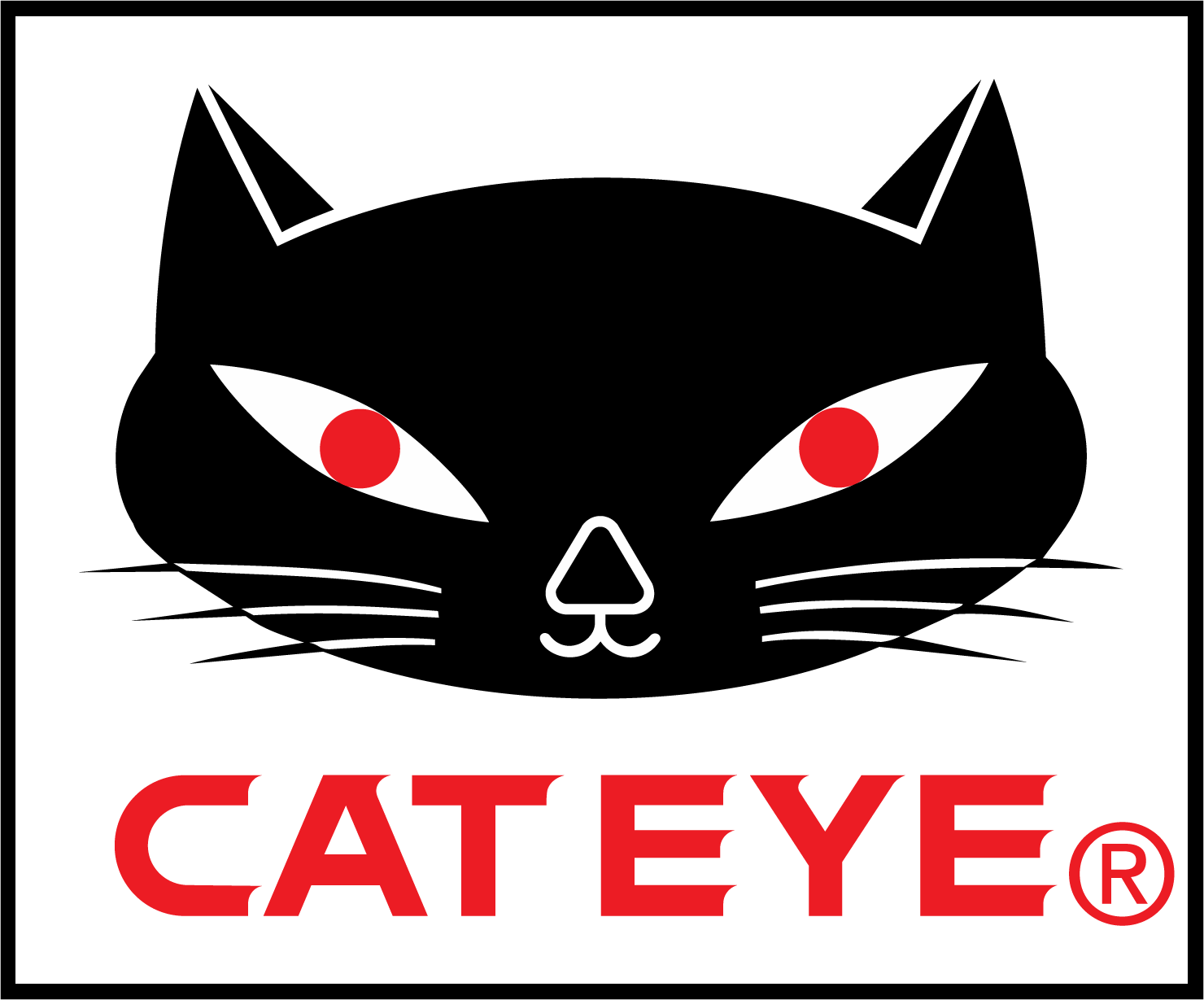IggyBBR
Member
- Region
- USA
I have read so many threads, FB groups and forums on the topic, but I can get a definite answer.

 www.cateyeamerica.com
What's the correct wheel circumference for 29" MTB wheels on the Kiox? Because if I do it, based on the roll-out method, I get a number thats higher than what can be inputted in the Kiox Display. I even brought it up to a few dealers, but they seem to brush it off. The highest size I can set is 91.37", but if I roll-out method I get the 92.52", just like in any tire size calculator.
www.cateyeamerica.com
What's the correct wheel circumference for 29" MTB wheels on the Kiox? Because if I do it, based on the roll-out method, I get a number thats higher than what can be inputted in the Kiox Display. I even brought it up to a few dealers, but they seem to brush it off. The highest size I can set is 91.37", but if I roll-out method I get the 92.52", just like in any tire size calculator.
Is there a chart some where, so it eliminates any guess work.
The bike is 2020 Trek Rail 9.7, with 29" wheels and 2.5" tires. The default Kiox setting was 90.35".


 www.cateyeamerica.com
www.cateyeamerica.com

Cateye America, Inc
Welcome to the CATEYE America website. Our online store offers CATEYE Cycling Computers, Bike Headlights, and Bicycle Safety Lights, and technical support information.
 www.cateyeamerica.com
www.cateyeamerica.com
Is there a chart some where, so it eliminates any guess work.
The bike is 2020 Trek Rail 9.7, with 29" wheels and 2.5" tires. The default Kiox setting was 90.35".

Cateye America, Inc
Welcome to the CATEYE America website. Our online store offers CATEYE Cycling Computers, Bike Headlights, and Bicycle Safety Lights, and technical support information.
 www.cateyeamerica.com
www.cateyeamerica.com

